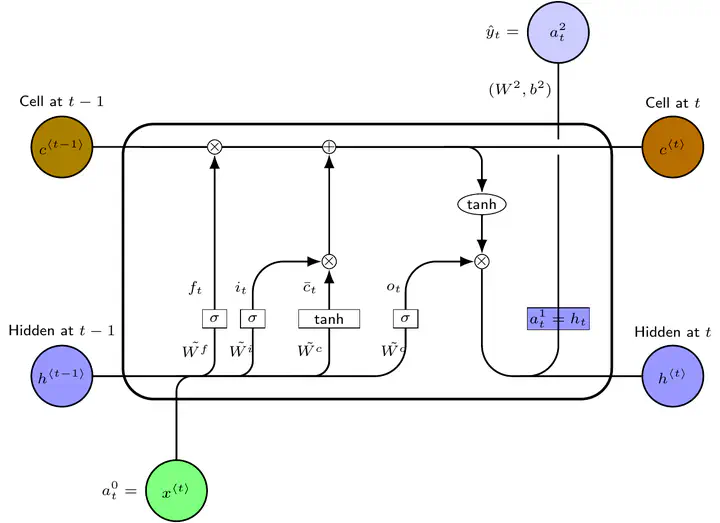Health Outcomes in Mid-Ages: Multistate time to event Statistical Models versus Long Short Term Memory (LSTM) Recurrent Neural Network (RNN) Models

Abstract
Health outcomes such as serious diseases, disability and death develop sequentially over one’s life span. Genetic and epigenetic factors, and health related behaviors throughout one’s life condition those health outcomes. Some individuals develop one or more diseases and their health deteriorate faster, worsening their quality of lives and survival probabilities. The models in health economics literature formulate progression of health outcomes over the life span using the multistate time to event framework, and estimate the effects of the above mitigating factors on probability of transitions from one health state to another. The sequential nature of health progression is captured in the Markovian structure. Markov chain models have short memory, i.e., these models assume that given the current health outcome, the past does not influence the probability of transition to another health outcome. Many chronic diseases such as cancers and heart diseases manifest as a result of long lagged past health behaviors. Markov chain models are limited in capturing these effects. More recently, long short term memory (LSTM) recurrent neural network (RNN) models are developed in the machine (deep) learning literature that keep track of important features from the past inputs in its memory cells, which the model determine important in the ‘context’ of the future outcomes. These models are generally applied to natural language processing, creating audio streams, and video subtitling. In this paper, I adapt the existing LSTMRNN models for the prediction of sequential health outcomes in midages. I first compare the merits and shortcomings of these two approaches and then use the Health and Retirement Study (HRS) data to compare their performances in predicting sequential health outcomes.